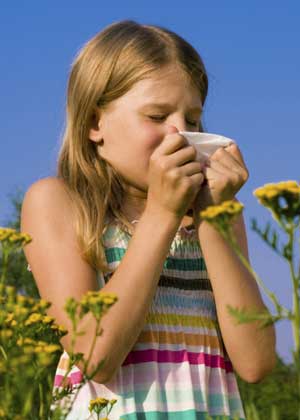[vc_row][vc_column width=”2/3″][vc_column_text]It’s that time of year again – hayfever! Here are some top tips for hayfever you can use at home.
While we all love the change of season into a warmer one, for those that suffer from allergies and hayfever it can be a dreaded time of year. When the temperature increases so do the pollens, grasses and plant phenolics, and the symptoms of hay fever kick in. Sneezing, runny & itchy nose, itchy eyes, itchy mouth and ears, and for some – sinus, headaches and fatigue.
The increase in pollens causes those with allergies’ immune system to release chemicals such as histamine, leukotrienes and eosinophils. These chemicals are responsible for the symptoms experienced in hayfever along with ongoing inflammation.
Here are some helpful tips for hayfever to keep you that little bit more comfortable during the season.
Vitamin C – supports healthy histamine production. Found in citrus, fruits and vegetables – good levels in tomatoes and rosehip tea. You may need to supplement for extra levels as higher are needed. Use a good quality naturally derived supplement.
Quercetin – a bioflavanoid that supports the membranes of the cells that are releasing histamine. Quercetin is found in onion, buckwheat and apples. Again you may need to supplement with extra.
Ginger & cinnamon – warming, treats congestion in the nose, sinus’ and lungs.
Tumeric – supports the natural anti-inflammatory pathways
Bromelain – supports the natural anti-inflammatory response, found in pineapple but make sure you eat the hard center – this is where the enzymes are. Use fresh not tinned.
Horseraddish – to soothe the sinuses and dry up excess mucous.
Honey & lemon drink – soothe a sore irritated throat. With lemon for vitamin C
Calendula, eyebright and chamomile – soothing eye bath. Mix a few drops of a combination of these herbs into cooled boiled water and use an eyebath to rinse. Alternatively you can boil calendula and chamomile flowers, strain and rinse the eyes.
Echincacea – supports a healthy immune system
Fatty acids/epa/dha – supports the natural inflammatory response. Found in sardines, nuts and seeds, oily fish, avocado.
Licorice – a great lung tonic and cough herb, also supports the adrenals. Cortisol produced by the adrenal glands is a strong anti inflammatory and healthy adrenal function plays an important role in mediating histamine release and inflammatory reactions. You’ll need the herbal extract though, not the candy!
Probioitics – sauerkraut, kefir, capsules, good quality yoghurt – all necessary for healthy gut function where most of our immune system resides.
Recommended tips for hayfever
Obviously one of the best solutions to hayfever is avoiding the offending substance. Not always possible! However reducing when you can may have significant improvements.
Have a shower to remove pollens after contact.
Use a natural eye rinse to wash away from eyes.
Wear a mask where possible if gardening, mowing lawns etc.
For some people certain foods may aggravate their hayfever symptoms even further. They may at other times of the year feel they can tolerate them but when the pollens are in full bloom their immune systems are already over-reactive and struggling. Foods to experiment with and try eliminating during this period are wheat/gluten, sugar, yeast and dairy.
NAET and herbal medicine has great results with hayfever and other allergies. If you’d like a personalised tailored assessment contact us here.[/vc_column_text][/vc_column][vc_column width=”1/3″][stm_sidebar sidebar=”2600″][/vc_column][/vc_row]


Recent Comments